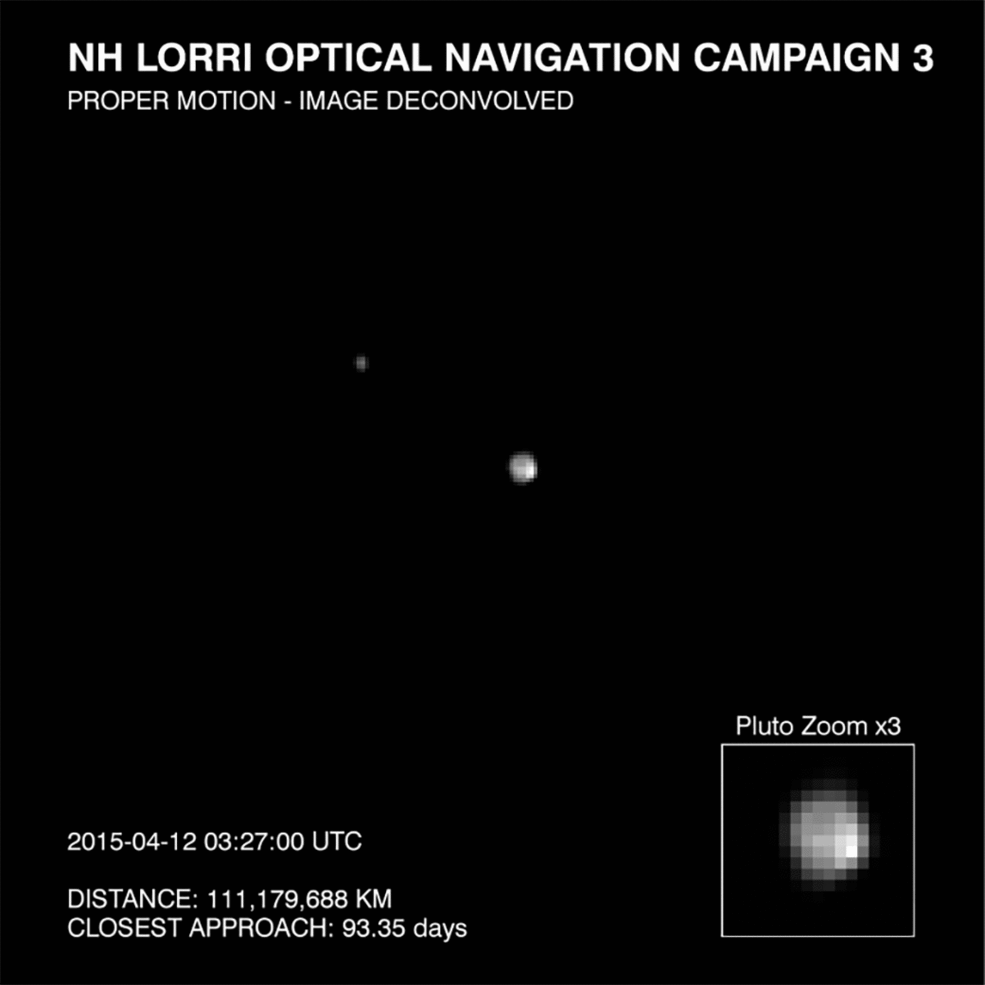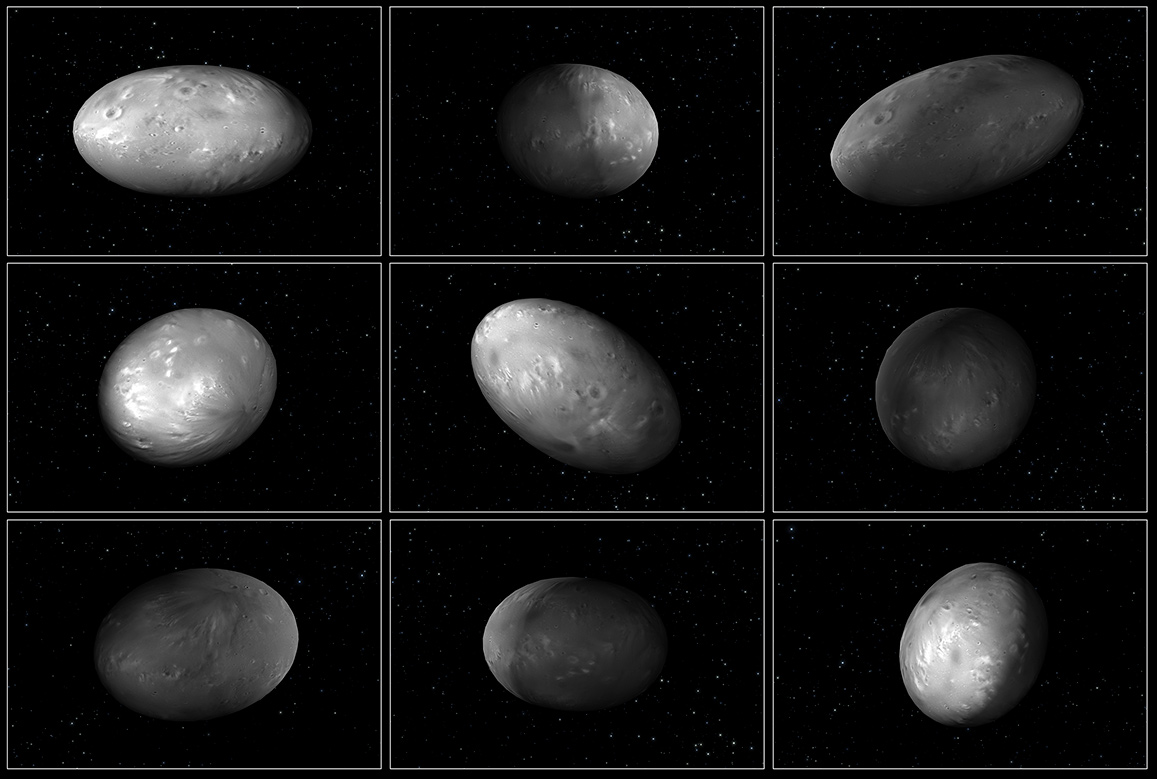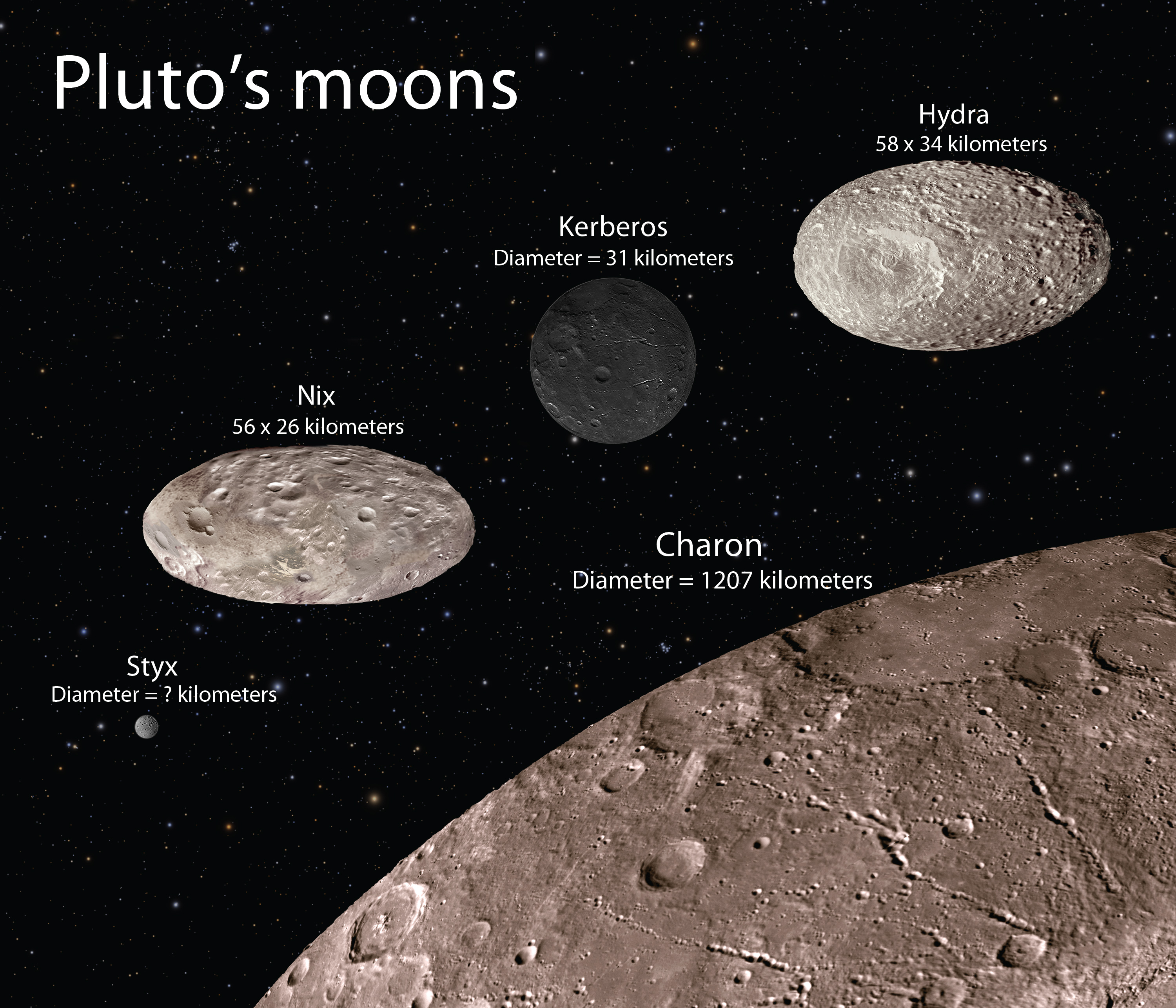NASA Finds Pluto's Moons To Be Even More Bizarre
A new study using NASA’s Hubble Space Telescope has revealed the Pluto system to be even more bizarre than previously thought. No matter how you classify it, this icy and remote outpost is an odd little world.
The study, published on June 4 in the journal Nature and authored by Mark R. Showalter of the SETI Institute in Mountain View, Calififornia, and Douglas P. Hamilton of the University of Maryland, has revealed a few surprises.
A Wobbly Dance
As lonely as the deep frozen Kuiper Belt region may seem, Pluto has a constant companion, the large moon named Charon. With a diameter of 1207 kilometers (750 miles), Charon is about half the size of Pluto and 11% its mass - the two bodies are often described as a “double-planet”. Basically, Charon is a very large moon compared to its parent body. This results in an odd little dance between Pluto and Charon as they rotate around a centre of mass (called the “barycentre") that lies outside Pluto - a point in space above Pluto's surface.

Add in a set of four tiny moons to the Pluto-Charon system - Hydra, Nix, Kerberos, and Styx - into a gravitational field that shifts constantly, and you have a recipe for a chaotic moon dance unlike anything else in the solar system.
Orbital Resonance
One of the interesting findings is that the five moons of Pluto are almost in resonance, where gravity would keep the moons orbiting in a specific pattern. For example, if for every orbit moon X makes around its parent body, moon Y makes exactly four, then the two moons have an orbital resonance of 1:4. Charon, Styx, Nix, Kerberos, and Hydra have an orbital period close to 1:3:4:5:6, respectively. “That is not exact, which means it is actually not a resonance at all,” Dr. Showalter said. “Resonance is not like a game of horseshoes, where close counts. You’re either in a resonance or you are not.”
Their close resonance does suggest that one time in the past they might have been in resonance. “This is not random chance,” Dr. Showalter said. “There is definitely something about the nature of these near relationships that is a clue about how this system formed and evolved.”
The study by Showalter and Hamilton, did find a resonance between Styx, Nix, and Hydra. "The resonant relationship between Nix, Styx and Hydra makes their orbits more regular and predictable, which prevents them from crashing into one another," Hamilton said. “If you were sitting on Nix, you would see that Styx orbits Pluto twice for every three orbits made by Hydra.”
The Chaotic Spin Of Nix and Hydra
Careful analysis of the data captured by the Hubble Space Telescope also revealed that at least two of Pluto’s moons, Nix and Hydra, wobble and spin unpredictably as they orbit the Pluto-Charon system.

The new Hubble study “…has provided a new view of Pluto and its moons revealing a cosmic dance with a chaotic rhythm,” said John Grunsfeld, associate administrator of NASA’s Science Mission Directorate in Washington.
According to the news release, “If you lived on one of Pluto’s moons, you might have a hard time determining when, or from which direction, the sun will rise each day.”
The dance between Pluto and Charon creates a variable gravitational field that sends the tinier moons in the system “tumbling erratically”. The elongated, non-spherical shape of the moons amplify this effect.
"Prior to the Hubble observations, nobody appreciated the intricate dynamics of the Pluto system,” Showalter said. “Our research provides important new constraints on the sequence of events that led to the formation of the system.”
Nix And Hydra Are Brighter, Kerberos Much Darker
Analyses of the Hubble data also found Nix and Hydra to be much brighter than previously believed. Because brightness is used to calculate size, researchers found that the two moons are only half the size previous studies indicated.
By contrast, the moon Kerberos is “as dark as a charcoal briquette” with a reflectivity of only 4%. This is a surprising find because it was believed the moons would all be similar since they are made of the same material and probably formed at the same time. One possibility is that Kerberos is a pristine, left over piece, from the collision between a proto-Pluto and a proto-Charon.

NASA’s New Horizons spacecraft which will flyby the Pluto system on July 14, 2015, may help us to further understand the Pluto system. New Horizons is currently 40 days and 30 million miles (48 million kilometers) away from Pluto.
For the original press release, read here.







